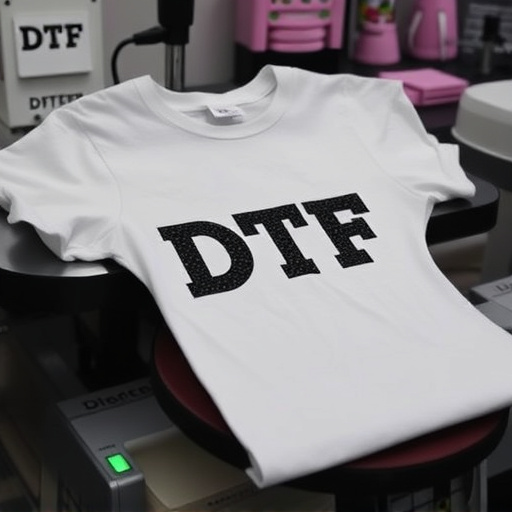Competitive pricing strategies are vital for businesses aiming to thrive in a dynamic market, balancing profitability with customer perception of value. This involves analyzing production costs, market demand, and industry trends while monitoring direct and indirect competitors. For specialized services like paint correction or vehicle wraps, justifying premium prices through exceptional results is key. Businesses must stay agile, continually assessing production, competitor moves, and consumer preferences to adapt pricing tactics effectively in the digital age.
Evaluating the return on investment (ROI) of competitive pricing tactics is crucial for businesses navigating dynamic markets. In a world where pricing strategies can make or break a company, understanding how to measure success is vital. This article delves into the art and science of competitive pricing, providing insights into its dynamics, measurement techniques, and optimization strategies. From identifying key performance indicators to incorporating customer feedback, learn how to assess and enhance your pricing strategies for maximum ROI.
- Understanding Competitive Pricing Dynamics
- – Definition and significance of competitive pricing
- – Factors influencing pricing strategies in a competitive market
Understanding Competitive Pricing Dynamics

Competitive pricing tactics are a crucial aspect of market strategy, where businesses aim to position their products or services at a price point that encourages sales and maintains profitability while keeping an eye on competitors’ moves. Understanding this dynamic involves analyzing not just prices but also the factors driving them, such as production costs, market demand, and, significantly, competitor strategies. This requires gathering data on pricing trends within your industry, including monitoring direct competitors and even those offering alternative solutions.
In a competitive landscape, businesses must constantly evaluate how their pricing compares to high-quality finishes or unique selling propositions like advanced heat rejection technologies (for example, in automotive or cooling systems). Effective competitive pricing strategies not only consider the costs involved but also factor in customer perception of value, ensuring that prices reflect the desirability and quality associated with a product or service. This is especially true for businesses offering specialized services or products that require significant expertise, like paint correction, where demonstrating the value through exceptional results can justify premium pricing.
– Definition and significance of competitive pricing

Competitive pricing is a critical strategy in business where companies set their product or service prices to match those of competitors while maintaining profitability. It’s about understanding the market and consumer behavior, and adjusting prices accordingly to stay competitive. This approach ensures that businesses offer value to their customers while also protecting their bottom line. In today’s digital era, with just a click, consumers can easily compare prices across various brands, making competitive pricing even more essential for keeping up with demand and retaining clients.
For businesses offering specialized services like custom vehicle wraps or paint correction, competitive pricing involves considering the value these offerings bring to clients. For instance, a company providing top-notch vehicle protection through wraps might price their services based on factors such as the type of vehicle, the complexity of the design, and the labor involved, ensuring they remain competitive while also covering costs and generating a healthy profit.
– Factors influencing pricing strategies in a competitive market

In a competitive market, pricing strategies are influenced by various factors that go beyond simply setting a number. Businesses must consider their target audience’s perception of value, which can be shaped by competitors’ offerings and market trends. For instance, in industries where products offer functional benefits like UV protection or heat rejection, such as paint protection film, companies might focus on showcasing these advantages to justify higher prices. Conversely, competitive pricing strategies often revolve around cost-effectiveness and immediate savings for consumers.
Additionally, the dynamic nature of competitive markets demands adaptability. Changes in production costs, competitor moves, and consumer preferences all play a role in adjusting pricing tactics. Companies must stay agile, continually evaluating market signals and customer behavior to ensure their pricing strategy remains relevant and profitable. This involves monitoring not just direct competitors but also indirect rivals offering similar products or services with different value propositions.
Evaluating the return on investment (ROI) of competitive pricing tactics is essential for businesses aiming to gain an edge. By understanding the dynamic nature of competitive pricing and identifying key influences, companies can strategically navigate market forces. This data-driven approach allows for informed decisions, ensuring pricing strategies contribute significantly to overall business success and profitability.














